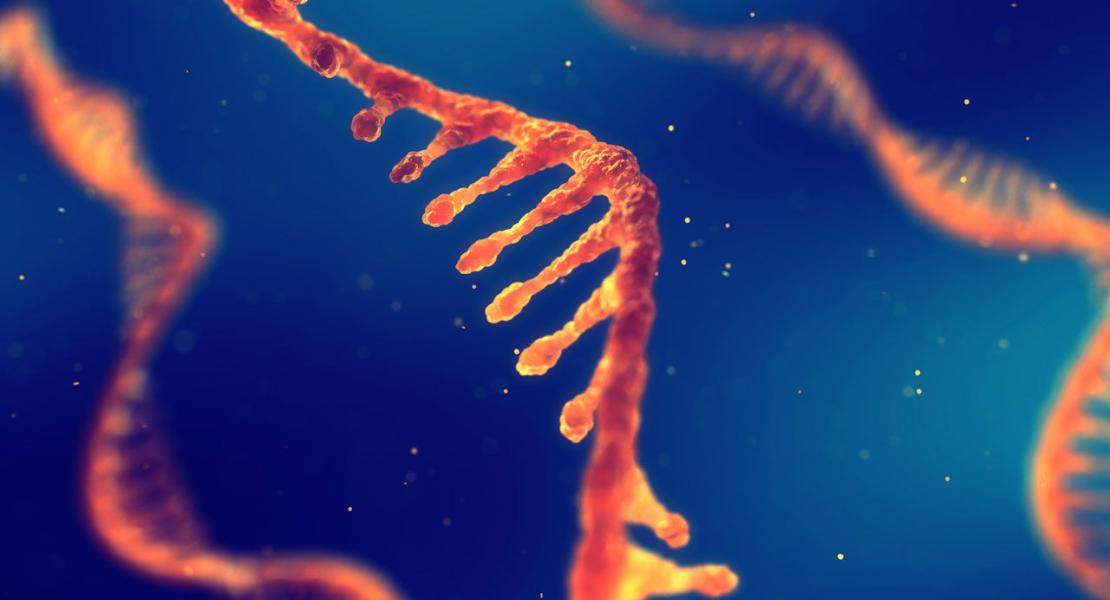Paper 1: Selective 40S footprinting reveals that scanning ribosomes remain cap-tethered in human cells. Paper 2: Selective Translation Complex Profiling Reveals Staged Initiation and Co-translational Assembly of Initiation Factor Complexes

Abstract
Abstract 1
Translation regulation occurs largely during initiation. Currently, translation initiation can be studied in vitro, but these systems lack features present in vivo and on endogenous mRNAs. Here we develop selective 40S footprinting for visualizing initiating 40S ribosomes on endogenous mRNAs in vivo. It pinpoints where on an mRNA initiation factors join the ribosome to act, and where they leave. We discover that in human cells most scanning ribosomes remain attached to the 5’ cap. Consequently, only one ribosome scans a 5’UTR at a time, and 5’UTR length affects translation efficiency. We discover that eIF3B, eIF4G1 and eIF4E remain on translating 80S ribosomes with a decay half-length of ∼12 codons. Hence ribosomes retain these initiation factors while translating short upstream Open Reading Frames (uORFs), providing an explanation for how ribosomes can re-initiate translation after uORFs in humans. This method will be of use for studying translation initiation mechanisms in vivo.
Abstract 2
Translational control targeting mainly the initiation phase is central to the regulation of gene expression. Understanding all of its aspects requires substantial technological advancements. Here we modified yeast Translational Complex Profile sequencing (TCP-seq), related to ribosome profiling, and adopted it for mammalian cells. Human TCP-seq, capable of capturing footprints of 40S subunits (40Ses) in addition to 80S ribosomes (80Ses), revealed that mammalian and yeast 40Ses distribute similarly across 5’UTRs indicating considerable evolutionary conservation. We further developed a variation called Selective TCP-seq (Sel-TCP-seq) enabling selection for 40Ses and 80Ses associated with an immuno-targeted factor in yeast and human. Sel-TCP-seq demonstrated that eIF2 and eIF3 travel along 5’UTRs with scanning 40Ses to successively dissociate upon start codon recognition. Manifesting the Sel-TCP-seq versatility for gene expression studies, we also identified four initiating 48S conformational intermediates, provided novel insights into ATF4 and GCN4 mRNA translational control, and demonstrated co-translational assembly of initiation factor complexes.
